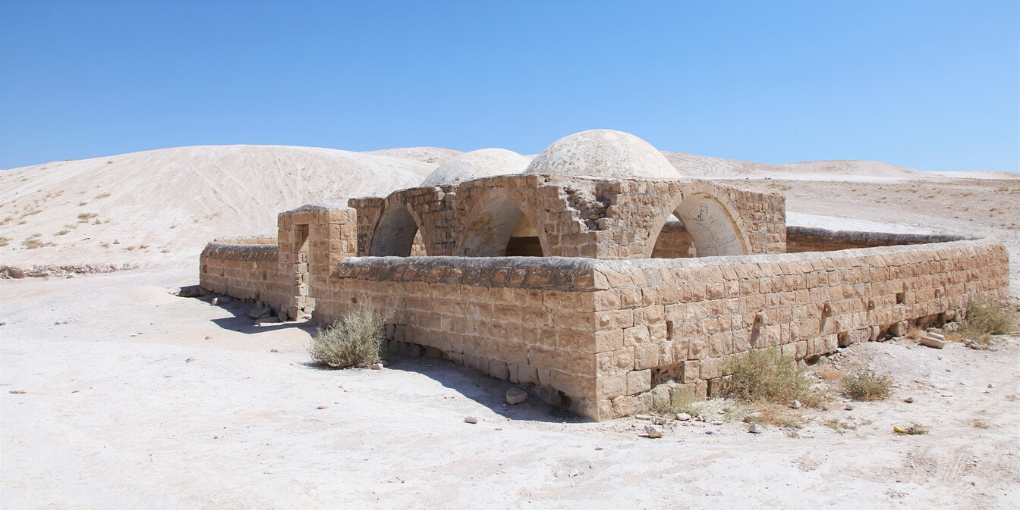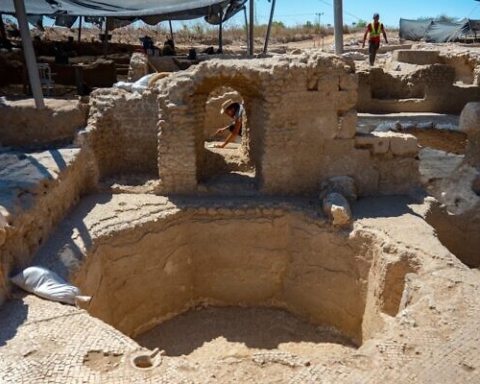In a recent international study, experts analyzed almost one hundred of said Canaanites skeletons, and found a “deep genetic connection of many Jewish groups today across the Diaspora and many Arab groups to this part of the world thousands of years ago,” says David Reich, a top expert in ancient DNA and a Harvard University geneticist.

The four-year study on the Genomic History of the Bronze Age Southern Levant included researching the genomes of 93 people who lived between 2500 and 1000 BCE, who were uncovered in Jordan, Lebanon, and Israel. Canaanites are thought to be from the Levant region, which today includes Jordan, Lebanon, Israel, and Syria.
The remains were analyzed alongside genetic samples of 17 modern populations, spanning a spectrum of Middle Eastern and European groups, including Jews and Palestinians. The percentage of matching ancestral links was above 50 percent.
The report states that “Almost all individuals can be modeled as a mixture of local earlier Neolithic populations and populations from the northeastern part of the Near East. However, the mixture proportions change over time, revealing the demographic dynamics of the Southern Levant during the Bronze Age.”
This speaks to the idea that Canaanites stem from the same region, showing a historical heritage and a shared ancestry from over 3,000 years ago. The researchers don’t have enough evidence to directly trace the lineage from that time period until now; however, the genetic study serves to fill a gap to “determine the extent of genetic homogeneity among the sites associated with Canaanite material culture,” and uncovering yet another piece of the historical story of human migration.








